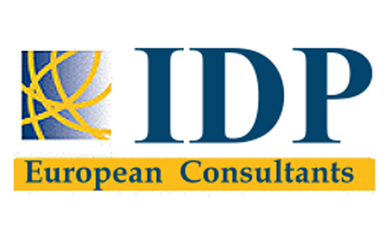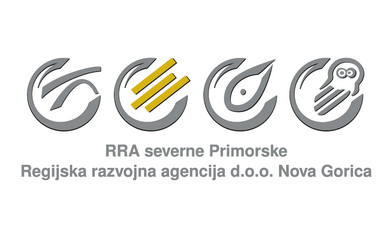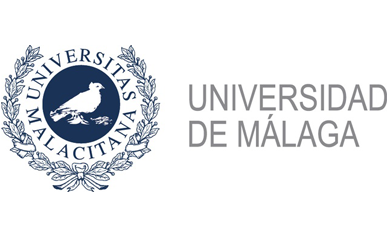Glossary
software designed to detect, quarantine and eliminate any cyber threats, not only viruses.
The belief system of a person or society is the set of beliefs that they have about what is right and wrong and what is true and false.
Behaviour to be followed in a business world and corporate culture.
punctual, precise, concise and comprehensive reporting of a decision taken and points of the discussion agreed upon during a meeting.
digital copy of a file stored separately and used in case the original is lost or damaged.
Working for a pre-determined time on a fixed location.
The etymological conjunction of “cum-laborare” (from the ancient Latin) suggests that it is a matter of "putting side by side" and "uniting" two or more different and separate subjects, whose distinct identities must be safeguarded and valued. The various subjects (e.g., individuals, groups, organisations) should be able to achieve communication of good quality to overcome mutual prejudices and trigger feelings of trust. Collaboration implies an operational dimension that produces reality.
Communication that is focused on the key facts of a certain event/process.
Critical thinking is a kind of thinking in which you question, analyse, interpret, evaluate and make a judgment about what you read, hear, say, or write.
a set of rules, often written, with regard to what clothing groups of people must wear. Dress codes are created out of social perceptions and norms and vary based on purpose, circumstances, and occasions. Different societies and cultures are likely to have different dress codes. Dress code also allows individuals to read others' behaviour as good or bad by the way they express themselves with their choice of apparel
Keeping a good balance between work and personal life.
Show proper business etiquette by having good manners.
An access modality that requires presenting two or more pieces of evidence for extra security.
Good business/internet manners.
It is the type of communication that is done through non-verbal signals, such as looks, facial expressions and gestures. It is an interactive process of information and messages that goes beyond semantic language.
The hierarchal structure of organisations provides insights into how:
• The information flows within the organisation (i.e., the decision-making process)
• The perimeter of responsibility/roles of each of the given person involved
Action taken by a person to structure his or her actions in a productive and psychologically balanced way.
Personal space is the dynamic distance and orientation component of interpersonal relationships. It does not refer only to the physical component, but it also concerns the invasion by other stimuli, such as noise, sharing of emotions among people, an excessive load of information or the constant interruptions in our moments of solitude or intimacy.
A time management technique that consists of focusing on a single task for a predetermined amount of time, avoiding doing anything else during that time.
Communication that is focused on the key steps undertaken during a process.
Procrastinating on important tasks, spending time on other tasks that are not worth doing.
from the Greek "pragma", i.e., "thing", "done". In this context, it indicates communication in its practical aspect, i.e., the influences of communication - in this case, of interpersonal communication - on human behaviours.
Specific, Measurable, Achievable, Relevant and Time.
Online hosting service that allows users to upload, modify, store and share their files away from local attacks or corruption.
Interruptions or distractions that make us spend our time on things that are not a priority and often make us feel frustrated and unmotivated.
Slots of time in your calendar that you want to prioritise for specific activities and nothing else.
Part of continuous learning that refers to the replacement of familiar and safe thinking and behaviour patterns with new and unknown ones.
a time management tool used to prioritise tasks. It is based on the idea that there are four different types of tasks based on the dimensions of urgency and importance.
filters that mask your online identity and encrypt your data. It does so by connecting to a private server that scrambles your data, blocking external access to them and making them unreadable if stolen.
The state of being comfortable, healthy, or happy.
A digital space where you can organize, collaborate, communicate, and get work done.
The ability to evaluate occurrences and adjust to the roles and tasks of the job being offered. One of the attributes of workplace flexibility is better and more open communication.
The ability to respond effectively to different scenarios and challenges within the workplace.
It refers to all the material conditions and socio-relationships that made up the organisation and its members.
WPs (work packages) include a set of activities (i.e., tasks) that lead you to the achievement of major outputs and results: the publication and delivery of an important report, the submission of an analysis, whatever might be concretely expected from you.


















